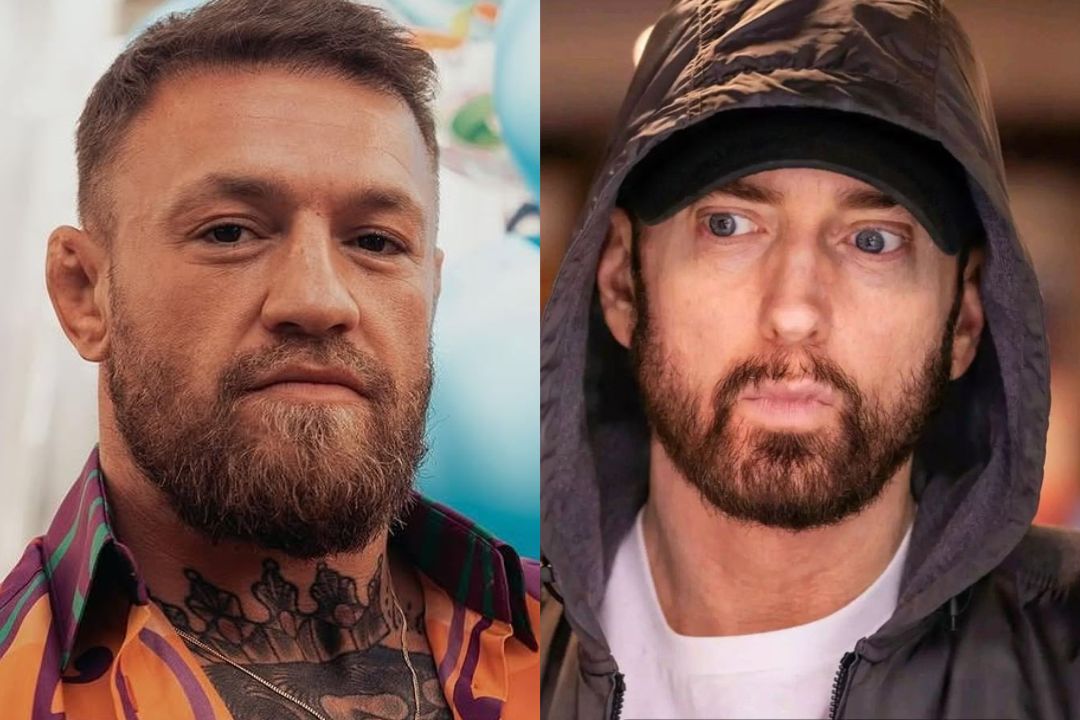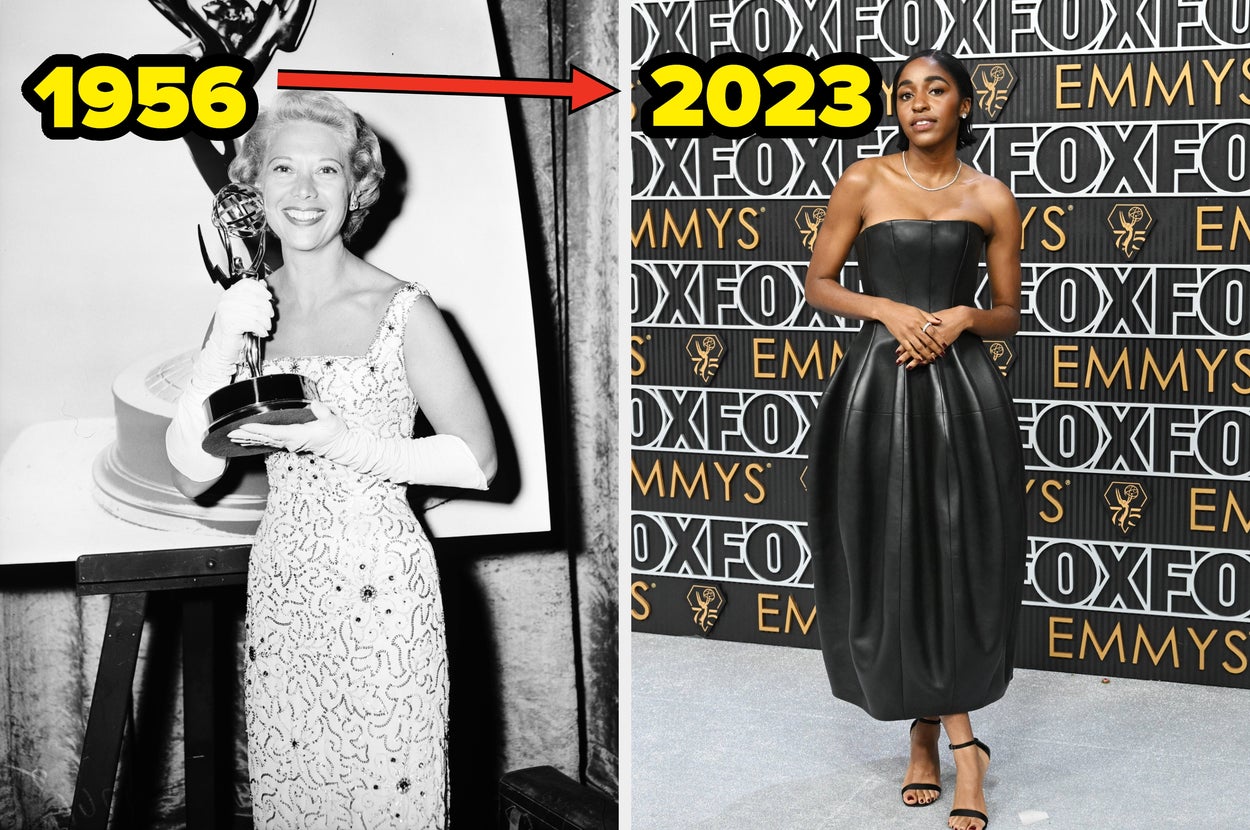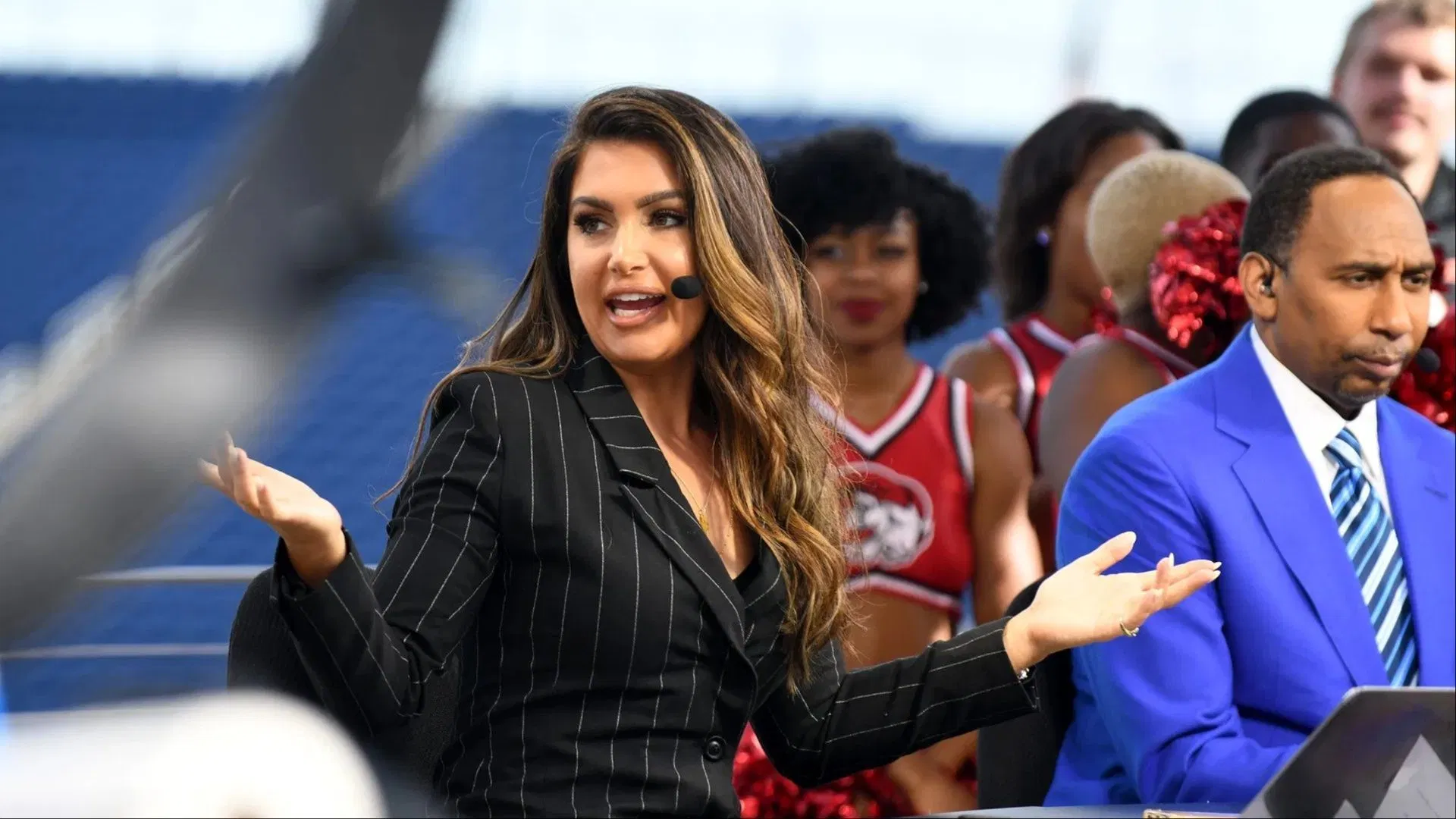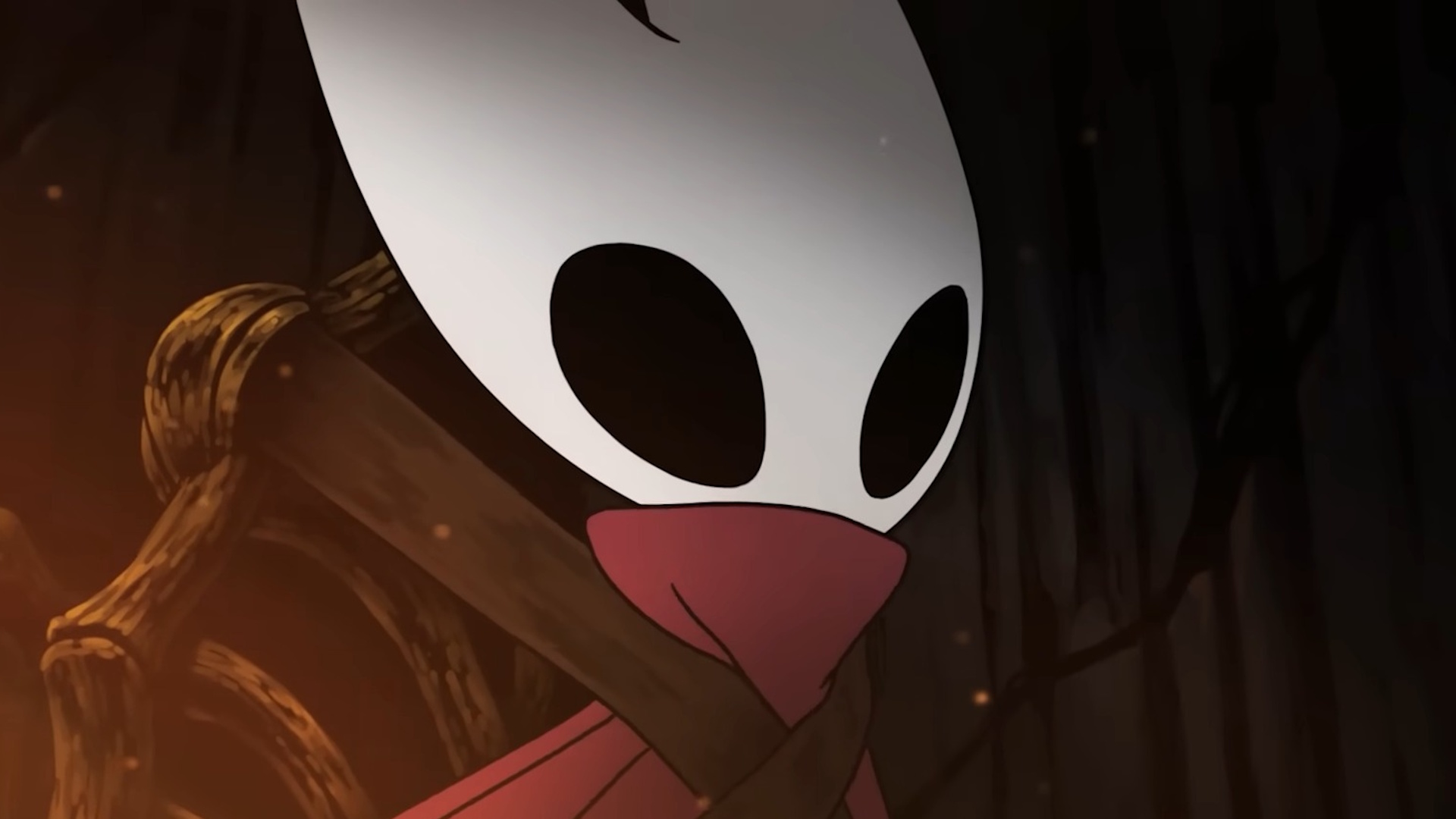YouTube Says It Has Paid $100B To Creators, Artists And Media Companies Over Past 4 Years
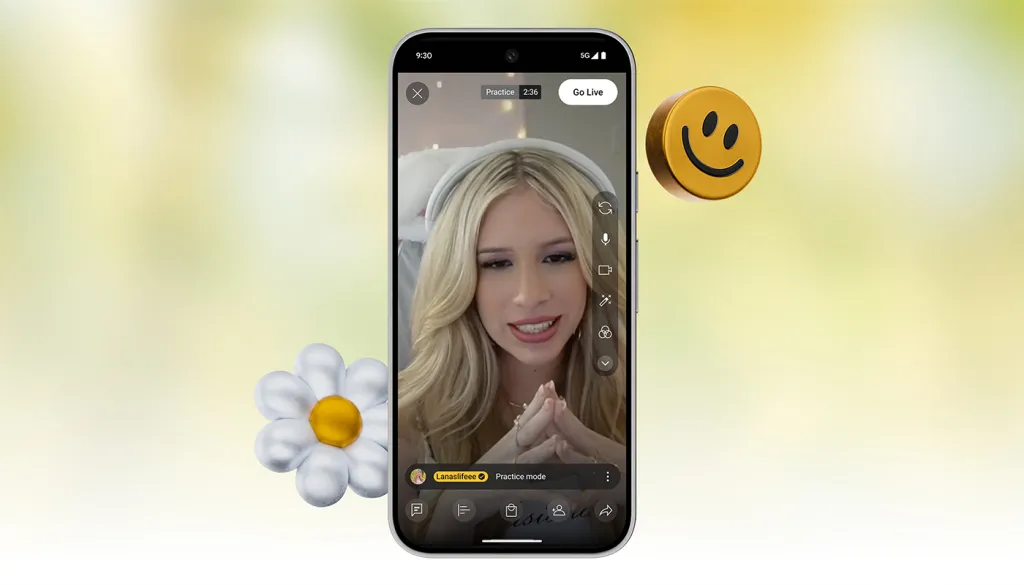
YouTube says it has paid out $100 billion over the past four years to creators, artists and media companies via its revenue-sharing ad model.
The company made the announcement at its annual Made on YouTube event Thursday, held in person in New York and streamed elsewhere.
Along with the milestone, YouTube also announced a set of new features available to creators and brands, including AI-driven features relevant to livestreaming, podcasts, language translation and other areas.
“Twenty years ago, YouTube launched with the idea that everyone should have the opportunity to create and find a global stage,” Chief Product Officer Johanna Voolich wrote in a blog post. “Since then, we’ve seen creators shape culture and entertainment in ways we never thought possible. And these creators, artists, studios and brands have built vibrant companies that are powering a huge creator economy.”
As generative AI continues to shape the process of production and video creation, YouTube says it has started integrating Google DeepMind’s Veo 3 Fast into YouTube Shorts. The integration will allow users to more easily create video backgrounds or clips with sound, and new capabilities powered by Veo
allow users to apply motion, restyle videos, and add props to scenes.
Another new feature, “Edit with AI,” can help turn raw footage into a first draft video. And “Speech to Song” turns video dialogue into a soundtrack for Shorts.
Live content on YouTube is continuing to pace overall viewing, with more than 30% of daily logged-in YouTube viewers watching live content in the second quarter alone, according to the company.
In what YouTube called its “largest upgrade to live ever,” the company announced a new set of tools enabling live creators to connect with audiences.
Another set of product changes will affect advertisers. As laid out in a separate blog post by Michael Beckmann, Director of Product Management, Creator Earnings and Todd Sherman, Director of Product Management, YouTube Shopping said the company is taking a “new, more flexible approach to brand sponsorships in long-form videos.”
Instead of permanently “burning in” a sponsorship segment, creators will soon be able to dynamically insert brand segments directly into swappable slots. The new format enables you to remove the sponsorship when the deal is complete, resell the slot to another brand or eventually sell the same slot to multiple brands in different markets.
